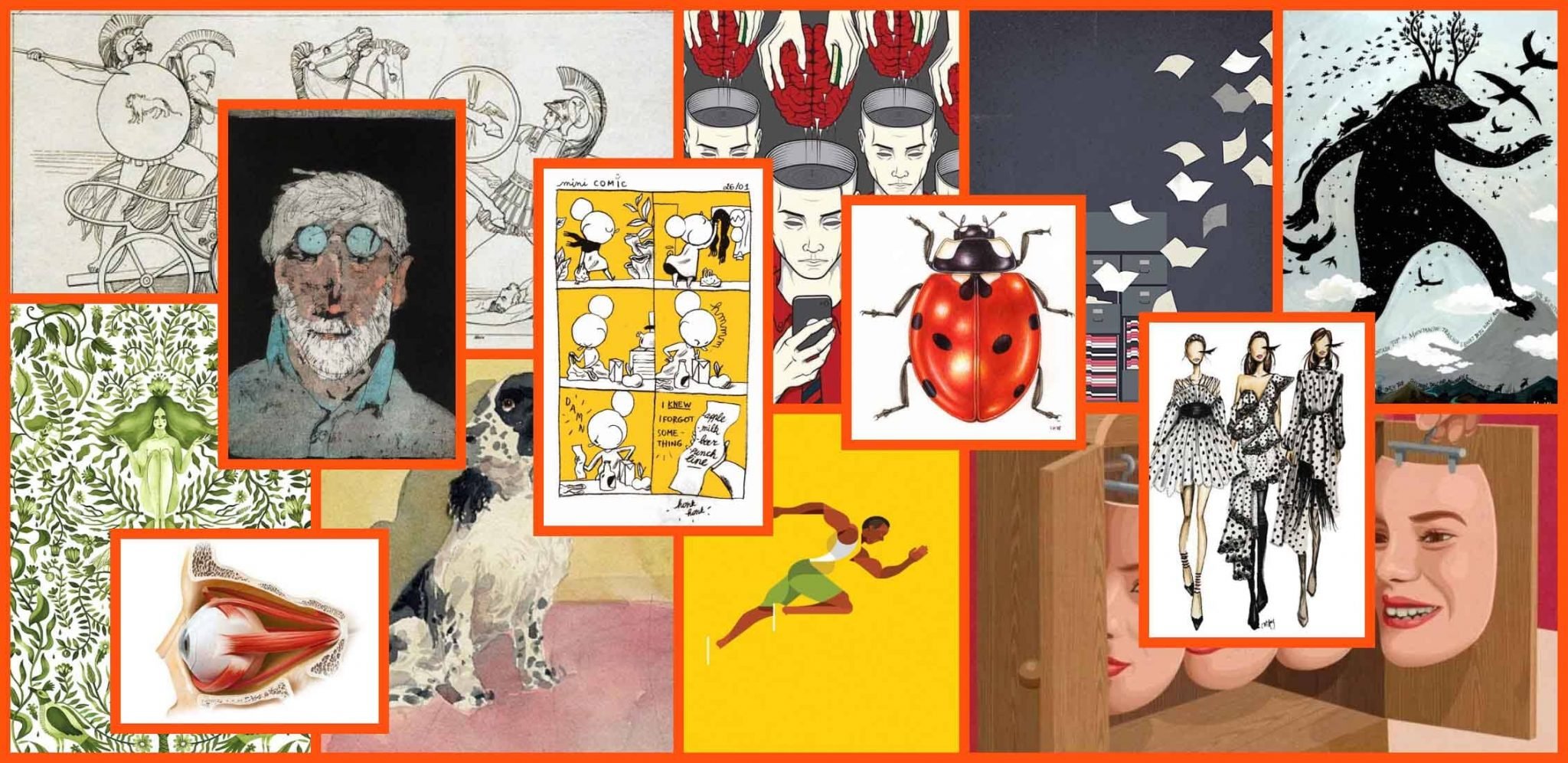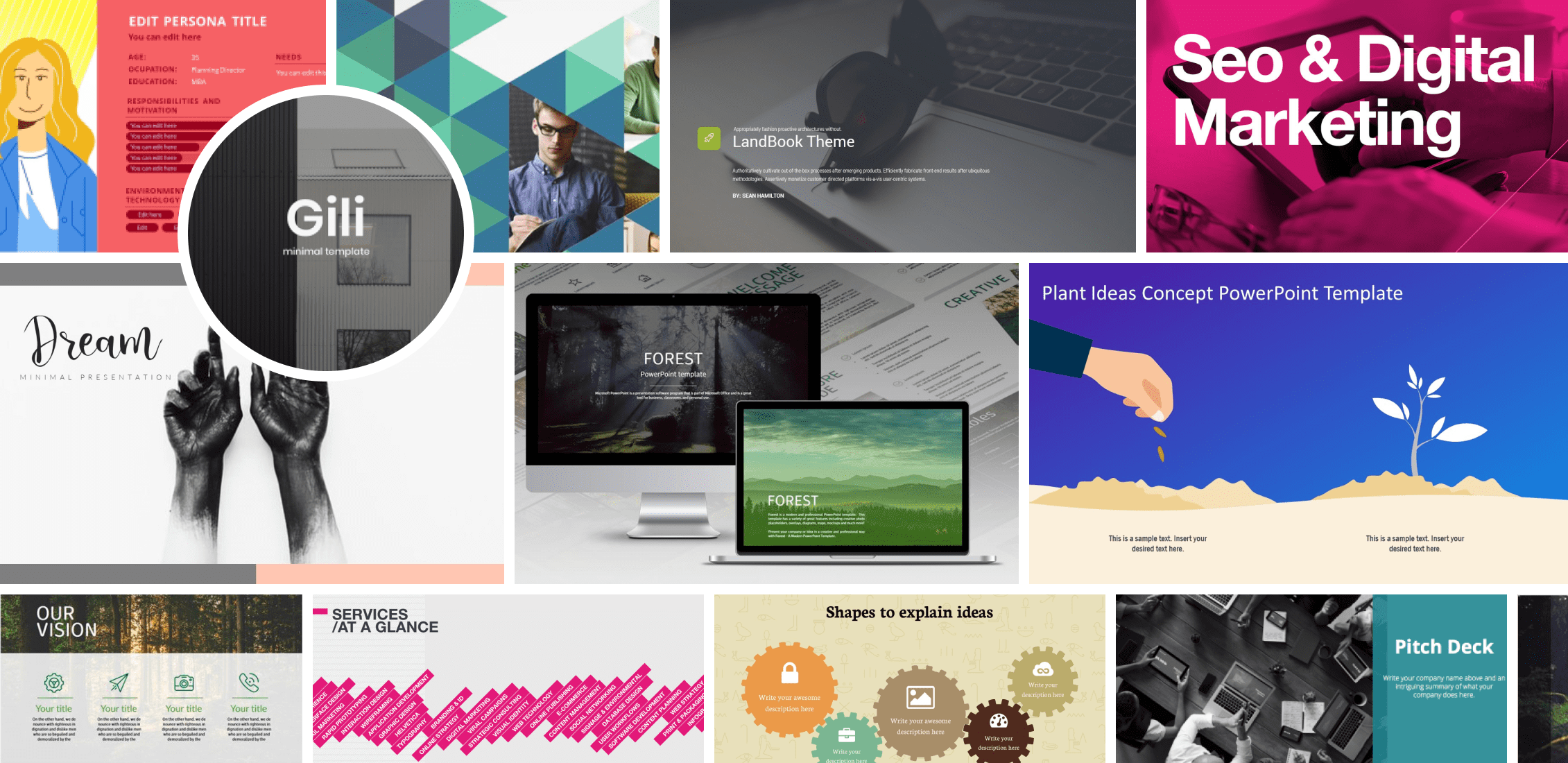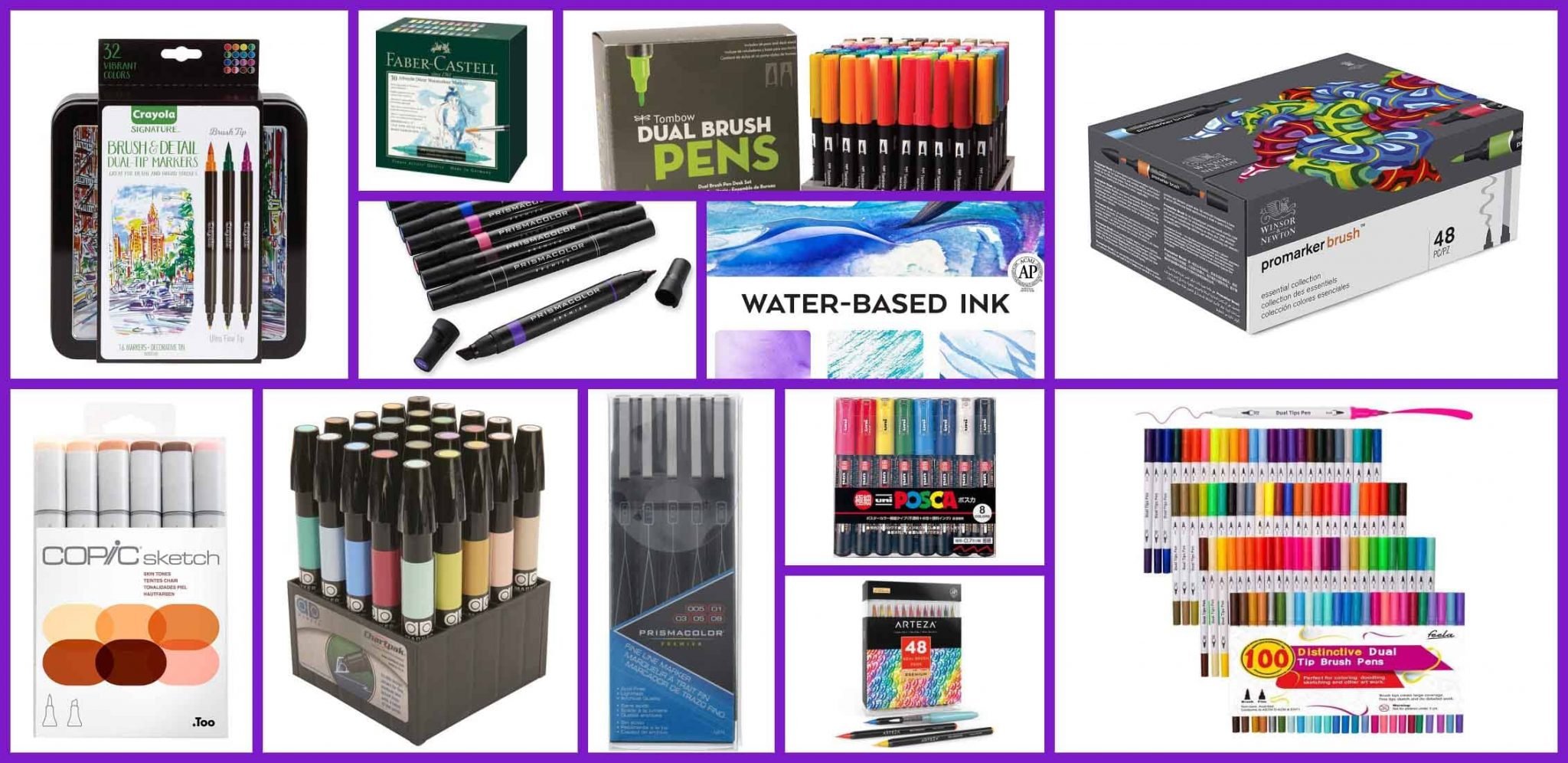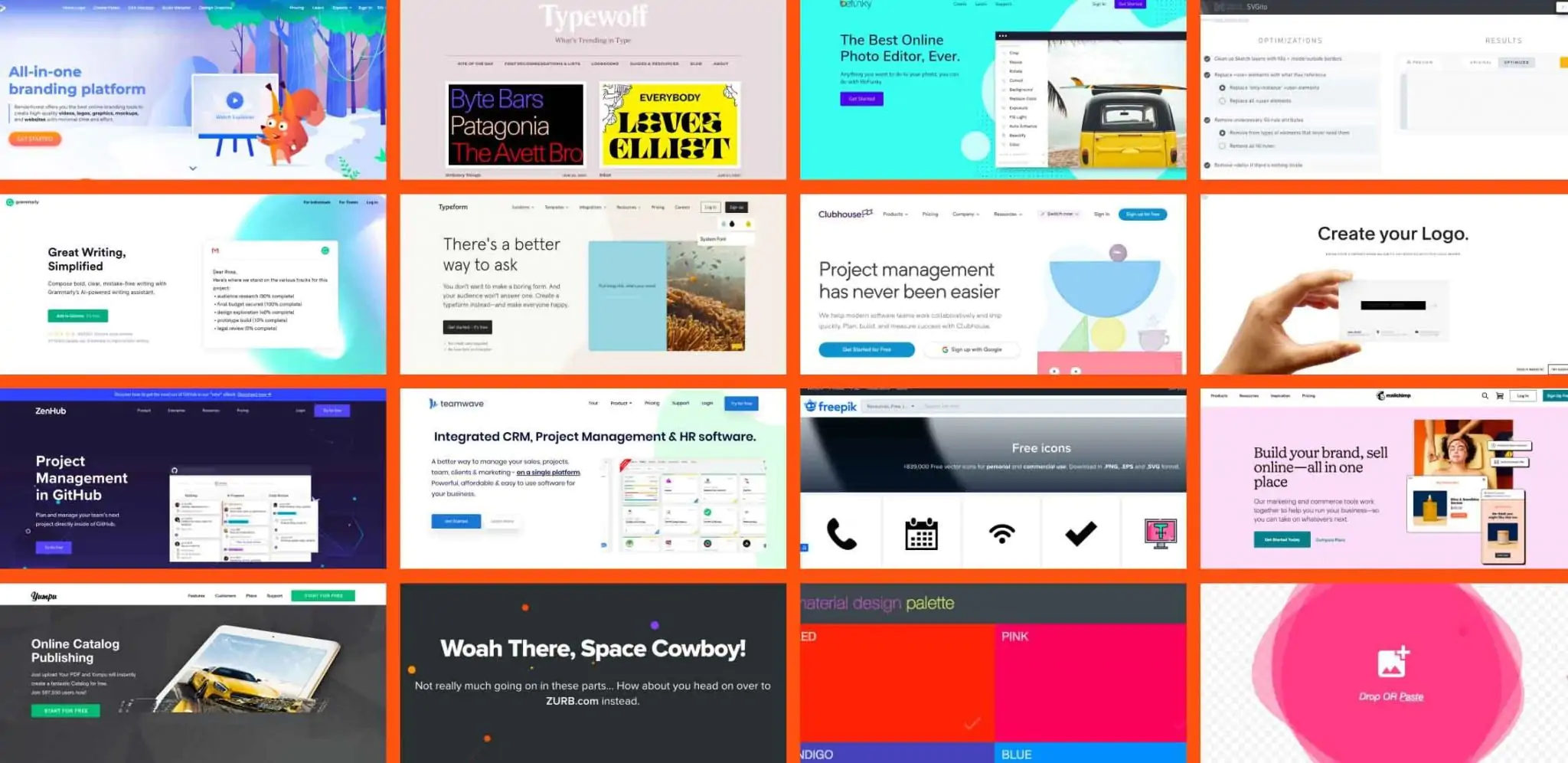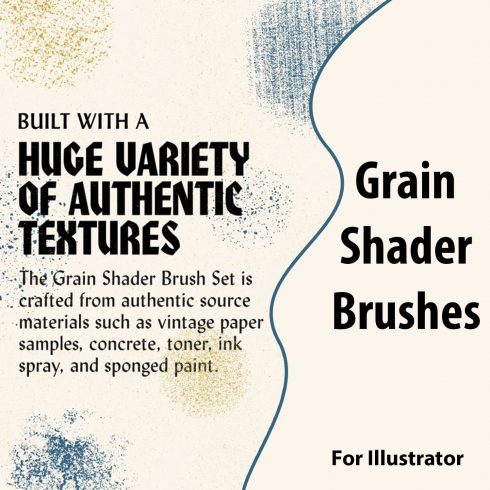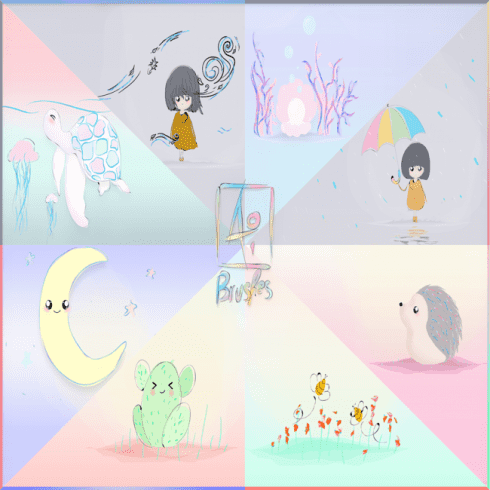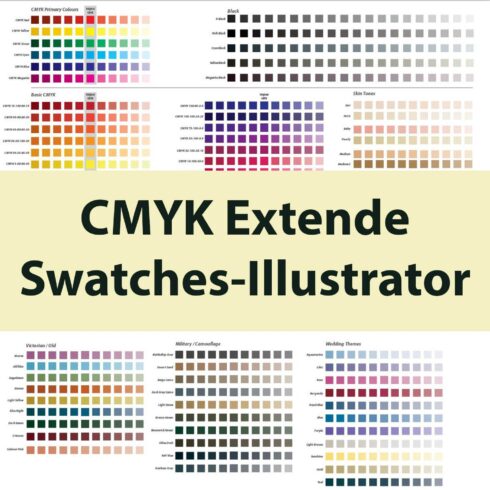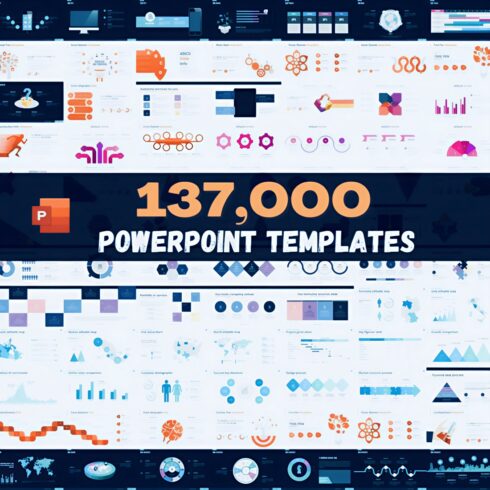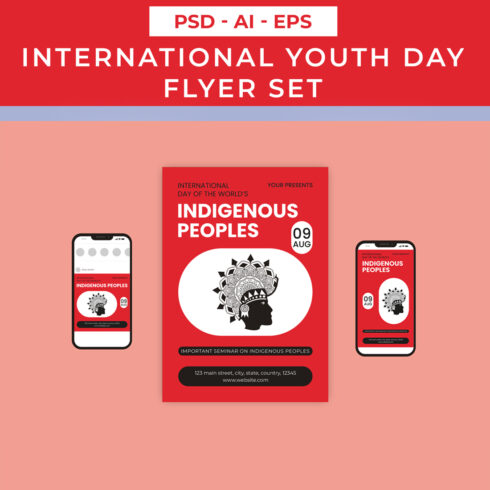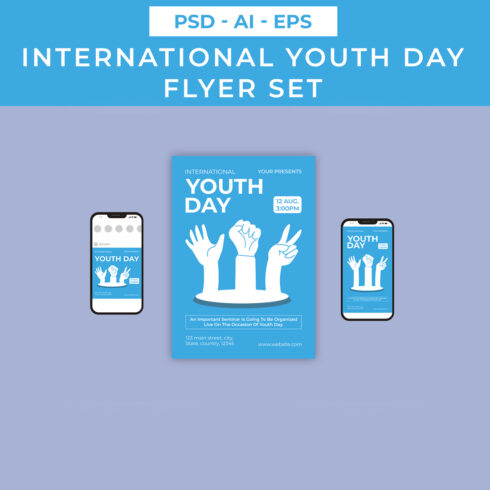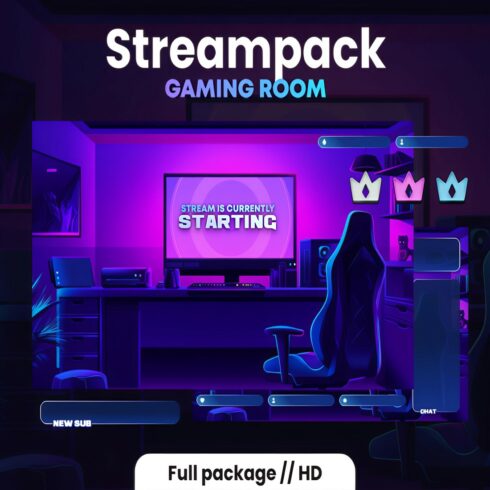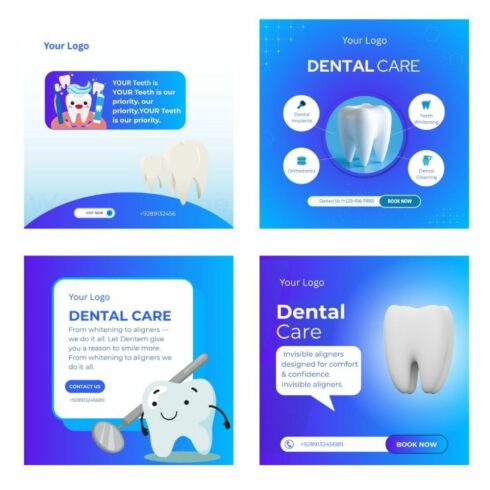I used to believe in inspiration, but now I’m a believer in collecting references – Márton Szőke-Kiss
Meet Márton Szőke-Kiss, a freelance illustrator and graphic designer from Hungary!
His works include making comics for Bridgestone, the cover of BookPage magazine, advert graphics for Cruisin Boat Party, amazing scenarios for Locked Room (a popular Budapest-based escape room), pretty detailed infographics, and even some book covers.
But besides these commissions, maybe one of his most impressive works has been drawing all the 84 fantastic beasts from J. K. Rowling’s Fantastic Beasts and Where to Find Them. He accomplished this titanic task in less than 3 months, between the 1st of October and the 23rd of December in 2016, and by this, he earned the recognition of his peers (and even a mention in the media in his native country).
Nowadays, he splits his time between his passion for illustration and his responsibilities as a family man, as he is the father of two children: “My older daughter is 3 years old, she is a clever troublemaker, and my youngest boy is 2 and a half months old – so besides my work, I don’t have any time to be bored right now!”
He kindly agreed to give us a little of his scarce time to answer this interview. Read on to find out what inspires this artist!
Where are you currently living?
I’m a Hungarian, living in Hungary right now. I lived in some places within the country borders, but three years ago we moved back into our hometown with my family. Békéscsaba is a lovely little town with 60k residents and we are most famous for our spicy sausages.
How would you define your illustration style?
I’m most familiar with comic book drawing style, some say it is a bit of cartooning too.
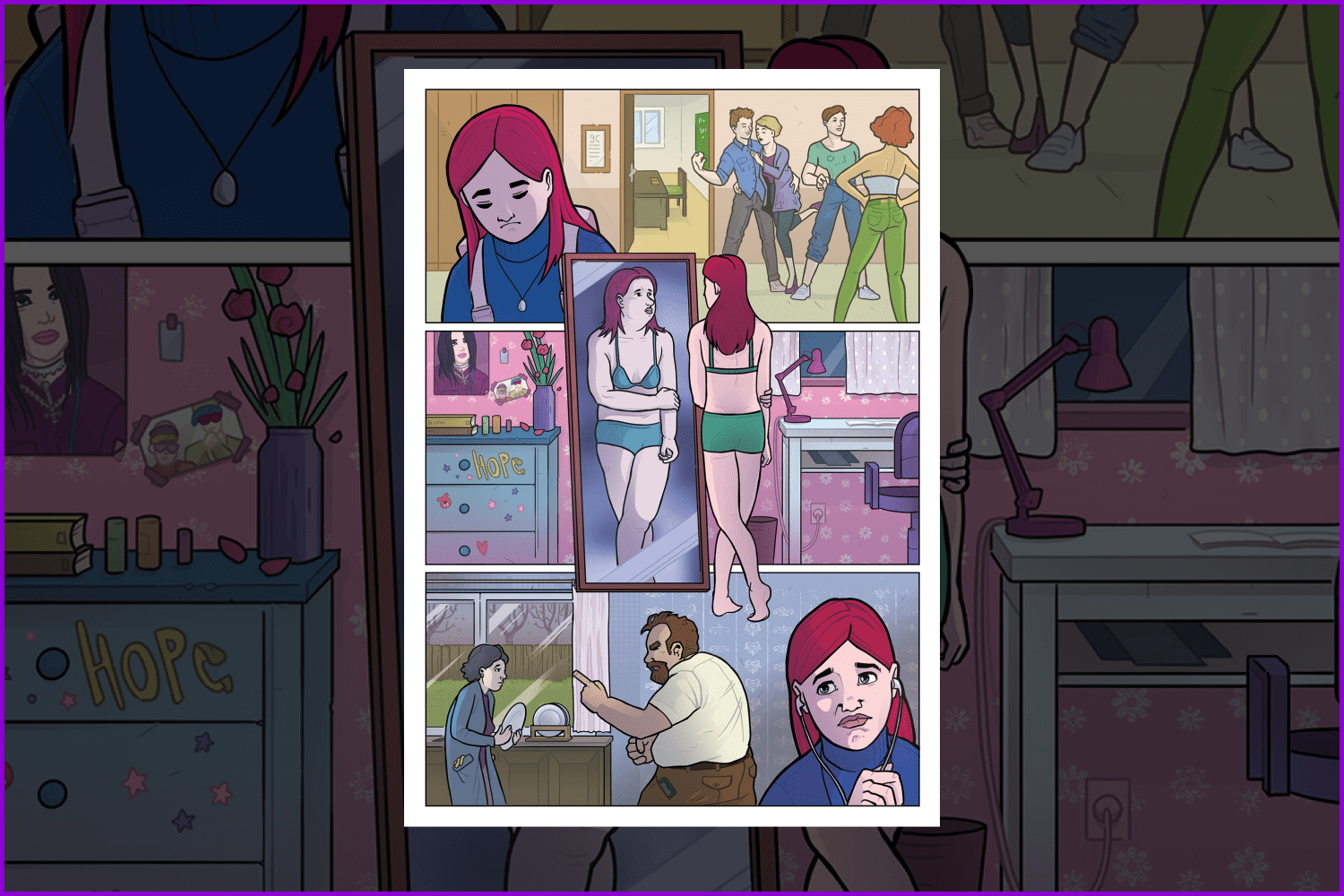
Short story commissioned by the Szegedi Szakképzési Centrum.It aims to raise awareness of important issues affecting adolescents such as body image disorder.
Many of your illustrations have fantasy themes, such as mythological animals, fantastic creatures, etc. Where does this interest come from?
I’m a dreamer. I remember I read somewhere that many people don’t think about anything sometimes, and it surprised me a lot at that time because I thought everybody was thinking about something every time. I’m that kind of person, and sometimes I have some problems because of this, for example when my wife tries to tell me some important things and I don’t remember about it after a few seconds because my thoughts are in another world.
So to answer the question: as a child, the world was too boring – as an adult, the world is too disappointing, therefore I like to escape into my imaginary world where fantastic creatures live and magical events happen.
Tell us about your experience drawing comics
It is harder than anything! It is not enough if you are a good illustrator (not talking about myself) but you have to be a good storyteller. I could even say that the second skill is more important than the first one. And above this, you have to be consistent not just in style but in characters, places, and if you doing it yourself then in the coloring too. I’m not too bad in perspective drawing but I have little confidence in it so I use a lot of 3D generated images to composite my images (thank God for Blender). By the way, I drew only a few commercial comic books right now but my dream is to create a real one-shot story, a character-based drama with little fantastic elements, like The Walking Dead. I adore Charlie Adlard’s work, he is a real genius.
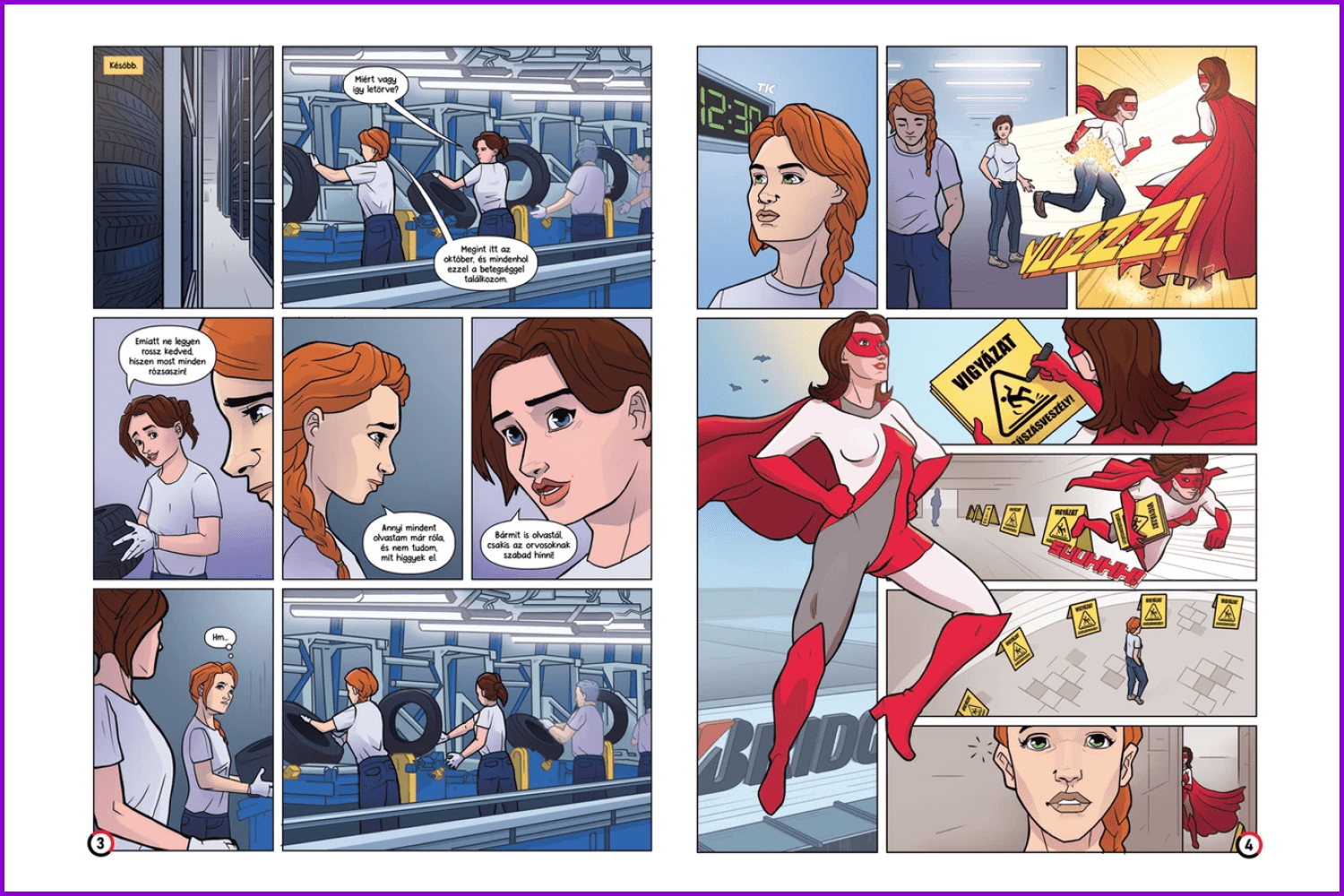
Comic for Bridgestone internal communication, about breast cancer prevention.
Tell us a bit more about how is your workflow using Blender.
Illustrators maybe don’t use 3D software too often for their works but for example, concept artists (which is kind of an illustration too) use it on a daily basis. This is where the idea came to me, I wanted to improve my composition skills and create more realistic atmospheres. If you just start sketching, sometimes it takes a lot of time to find the right angle of the scene where your story works the best. But when you built the scene in 3D (just a few blocks and a basic human figure) you can rotate the view anywhere and then you can find the best spot with significantly less time. I learned everything from YouTube and besides Blender, I use some other free software for the work and some 3D warehouses too. This speeds up my workflow a lot.
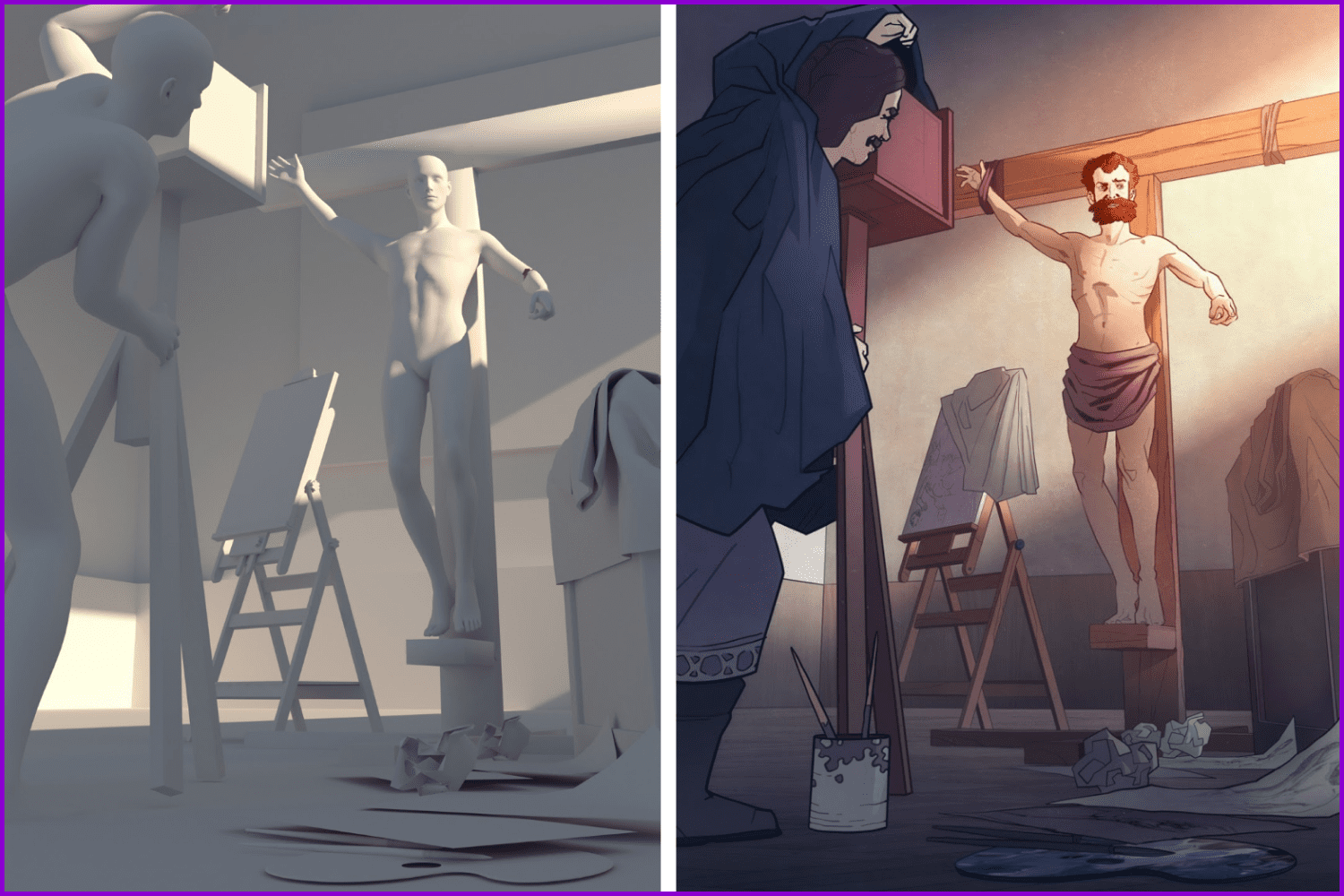
Example of how Marton uses Blender to sketch the basic scene.
How do you get inspired to produce a piece of artwork?
In the past, I used to believe in inspiration, but now I’m a believer in collecting references. Inspiration is a bastard, it never comes when it has to, but with good references, you can move the gears of your brain on and on, and if you are lucky, during this process you fall in love with the piece you working on and this helps you to do the best as you can.
What skills do you think an illustrator should have?
Besides the basics like anatomy, perspective, etc, you have to have a good eye for the atmosphere, composition, knowledge about focus, and storytelling – all inside a single illustration.
What do you do to overcome a creative block?
I take a nap. Really. This is the best thing to do. Or take a walk. After this, I can find a solution every time.
What do you like most about being an illustrator?
There are no two projects that are the same. I have to renew again and again, face new challenges, and push my limits further. The excitement of every new project.
Have you always worked as a freelance? What is the most difficult thing about this way of working?
I worked for 7 years as a full-time employee but during this time I already worked as a freelancer in my late afternoons and evenings. This was my second shift. In the freelancer life, the most difficult part for me is the variability: I have no two months which are the same. If you are a freelancer you have to manage well your finances because there are always ups and downs. I don’t like this side of the job, but there are more positives in this life than downsides.
What were some of the key moments in your professional career?
A key moment was when I drew every fantastic beast from J. K. Rowling’s “Fantastic Beasts and Where to Find Them” book. At this time, I haven’t heard of anybody illustrating or drawing every creature but me. This was my pet project at the time, I drew one creature every day and when I finished it there was some echoes in the Hungarian media. I’m very thankful for this because more people got to know my work at the time. I created one album about these creatures and send it to J. K. but sadly she never got it or she didn’t like it, who knows!
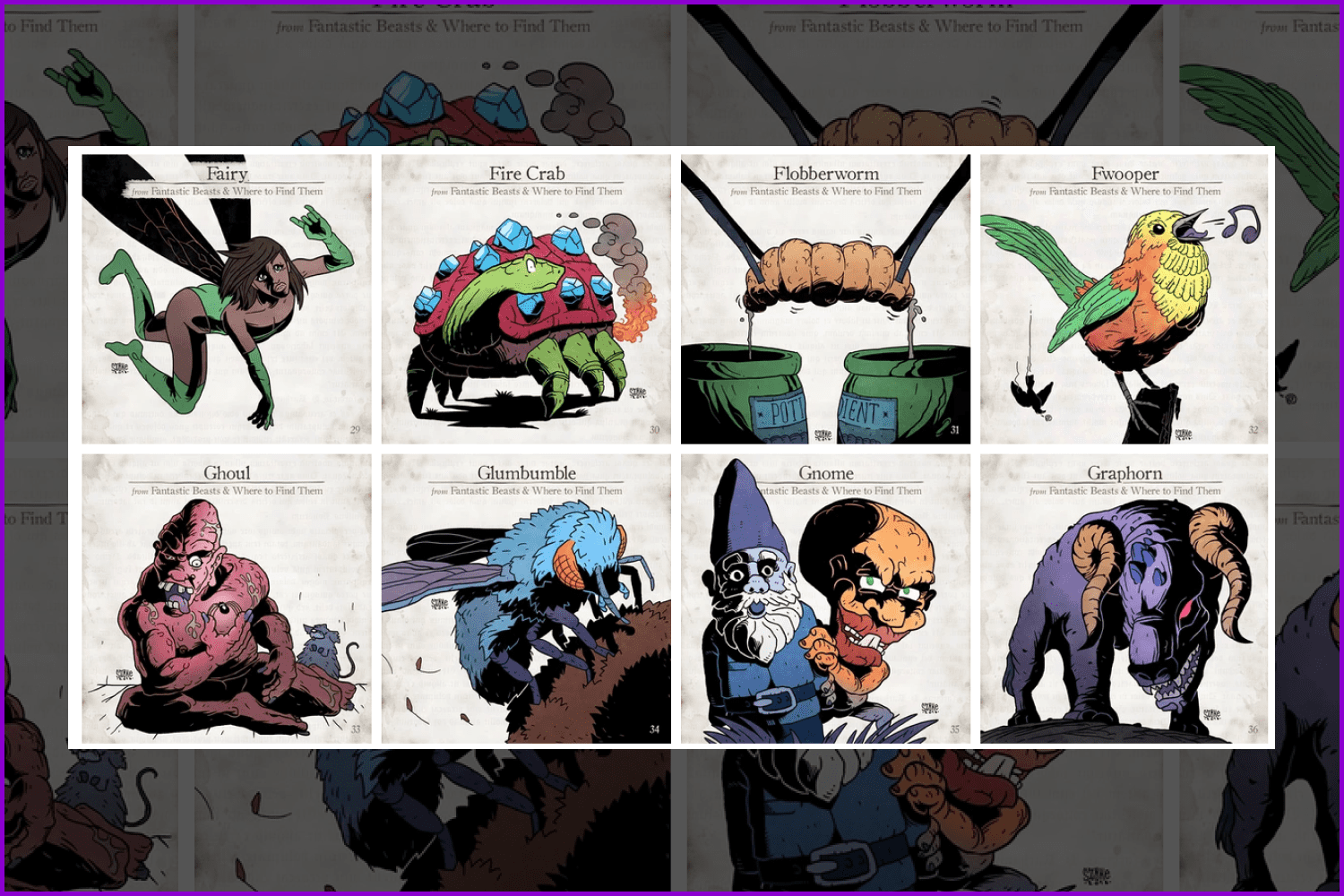
Creatures from JK Rowling’s “Fantastic Beasts and Where to Find Them”
What techniques and resources did you use to design your last few pieces?
I use only digital techniques. I have sketchbooks but sketching on the iPad is more convenient for me. For resources, I use stock photos pages and 3D models. It’s easier to find a model this way than a real one, like in the old days.
How do you learn about new techniques and tools?
Mostly from YouTube and analyses of other artists’ pictures. I find it very interesting to try to imagine how other artists build their work from the ground.
What’s your workday like?
I wake up at 6:30 am with my daughter. We have breakfast together and make our morning routine then I bring her to the kindergarten. I start my work at 8 am, reading yesterday’s e-mails then make a plan about my daily to-do’s. I have mostly more middle-sized projects in parallel so I usually work on 2 to 4 things on the same day. I have a quick lunch break and I work until 4:30 pm. Then I have to go to pick up my daughter from kindergarten because my son is too little right now and my wife has to be with him all the time. After this, the rest of the day is family time. If I have some work that I couldn’t finish during the daytime, I work a few hours in the evening, for example, I’m typing these sentences right now while the whole family is sleeping.
How did you decide to become an illustrator?
I was that kind of child who always drew something during school lessons. My booklets were full of sketches with some notes about the lectures.
My career arc was shaped in a natural way: usually, I do what my clients ask and besides this, I’m always in some kind of side project. This way I illustrate more and more, and now more than half of my works are illustrations, and the other parts are various works like packaging or branding design. I feel that my passion for illustrating helps me in my other jobs as well because I have another perspective about aesthetics which I would not have if I had worked in just one field.
What’s been your most challenging project to date?
I recently designed an escape room board game that contains several big pictures about rooms from a top perspective. I had to design everything in Blender first and then I could draw it in the precise and right way in the final illustrations.
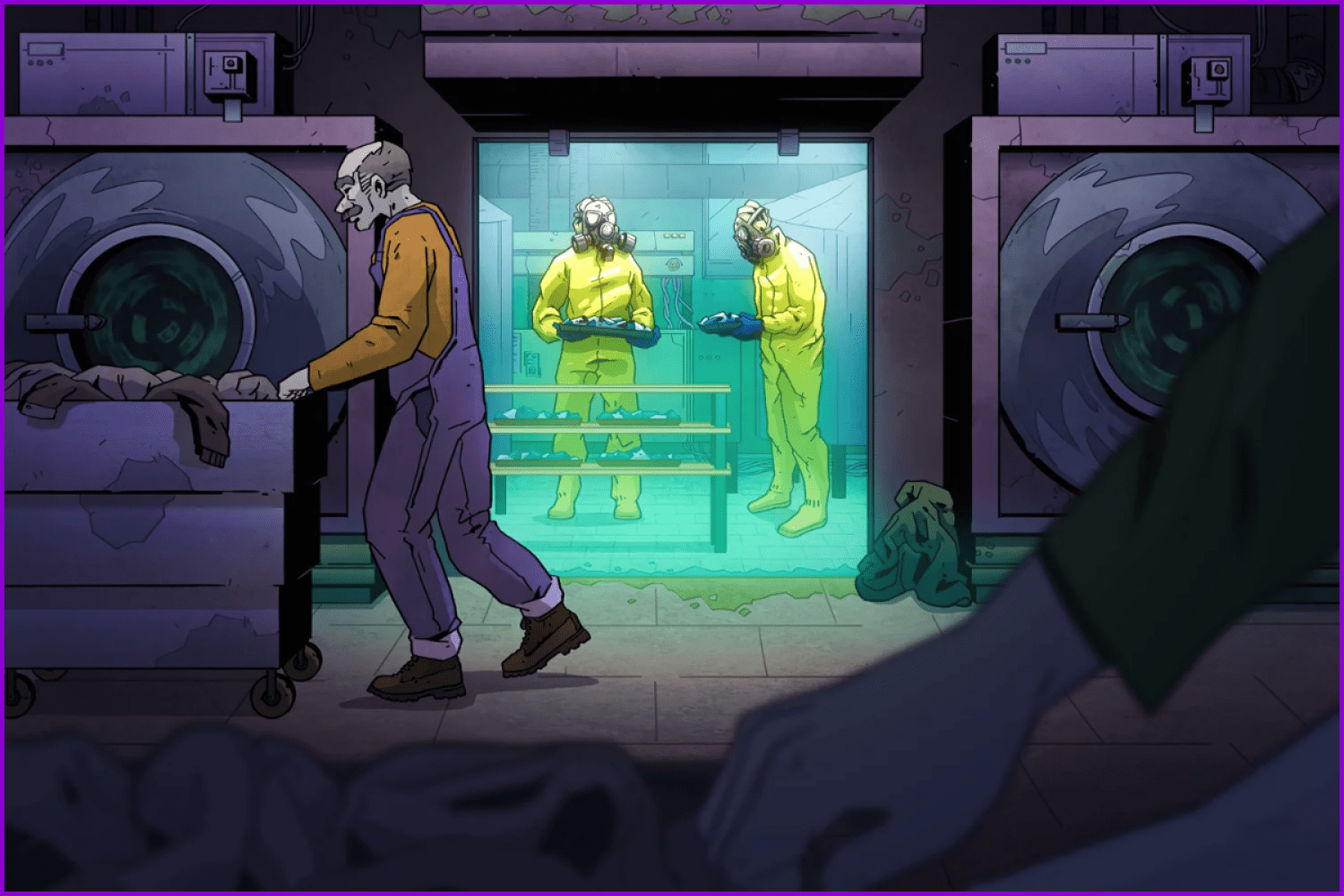
Art for LockedRoom’s “Heisenberg” theme room.
How do you handle a client who isn’t sure about what they want?
You have to be a bit of a mindreader in this business. My method is the sketching phase which is valued at more than a thousand words. If I have to, I create a lot of sketches and in this way usually, we can aim in the right direction.
Who are your biggest influences in art, design, comics, or illustration?
Charlie Adlard (as I mentioned him above), Mike Mignola, Cory Walker, Eduardo Risso, Tom Haugomat, Simon Stålenhag, and from Hungary: Levente Szabo, Aliz Buzas and Barbara Bernát.
Do you think it is important for an illustrator to be able to draw analogically, before drawing digitally?
Yes for one thing: If you are drawing manually you are focused ten times more than digitally. You think about every line more. You can skip this part of course but it will pay out if you can draw on paper first and then you jump to the digital drawing.
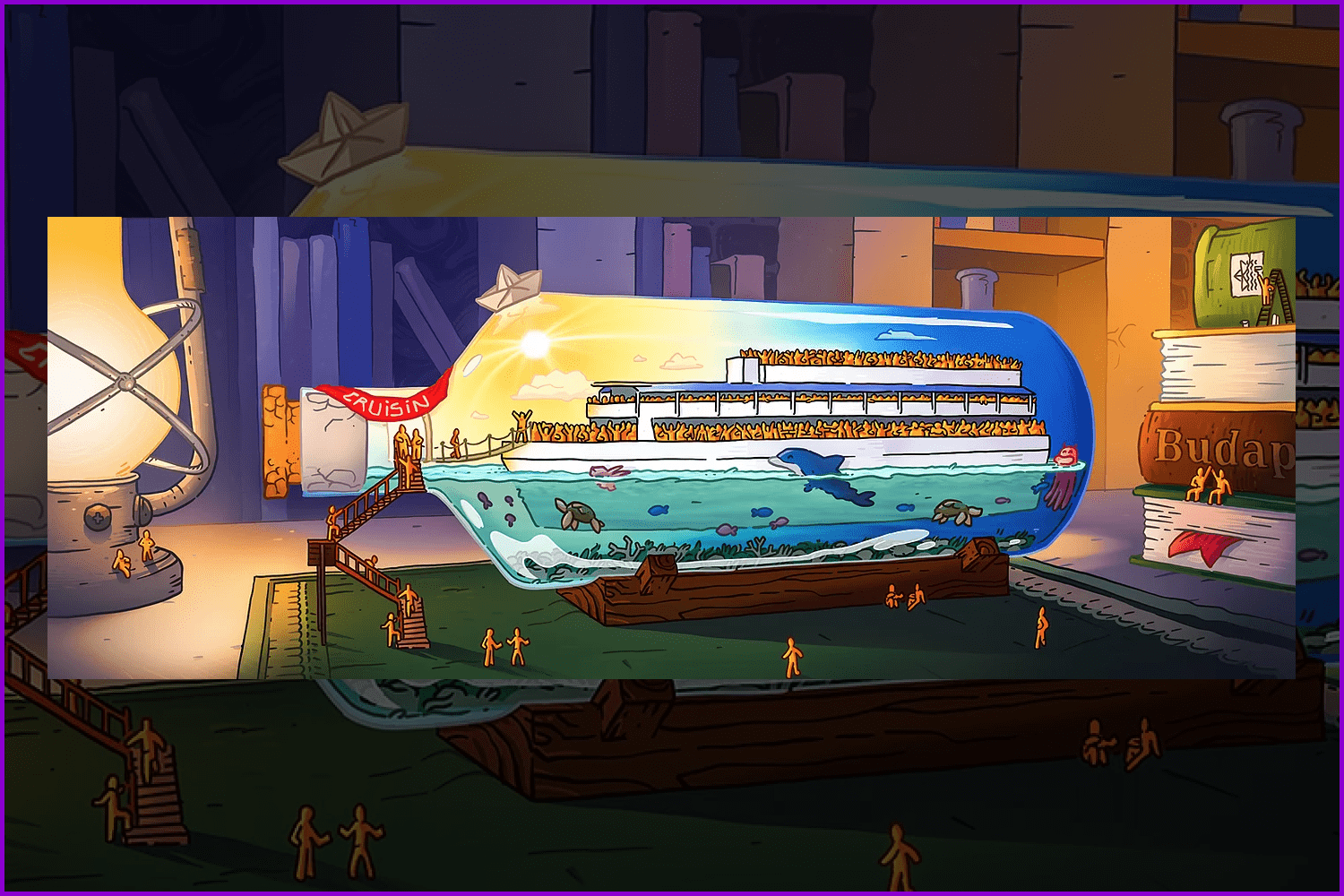
Advert graphic for a ship-party event, Cruisin, located in Hungary on the Danube river.
Do you follow any illustration blog or magazine where you find inspiration?
I search specifically on my bookshelf or various sites when I know what I want. I’ve quit browsing on Béhance or Artstation without goal because I’m just always disappointed how everybody seems to be way more talented than me.
Have you tried drawing typography or including lettering in your projects?
I love to experiment with letters when I design logos or packaging, many times I design my own letters. I look up to the real typographers because I think it is a really hard job when you do it well. But I’m not a professional, just a fan who sometimes plays with letters.

Infographic made for Dalberg. “Why should we care about gender-based violence”
Have you heard of MasterBundles before? What do you think about this project?
It is really cool that so many design resources are collected together here! I can’t wait to see how could you fill this with more and more content, then I can finally delete many bookmarks from my browser. I just found VectorPress for Illustrator which seems like a helpful addon for my packaging or logo design projects!
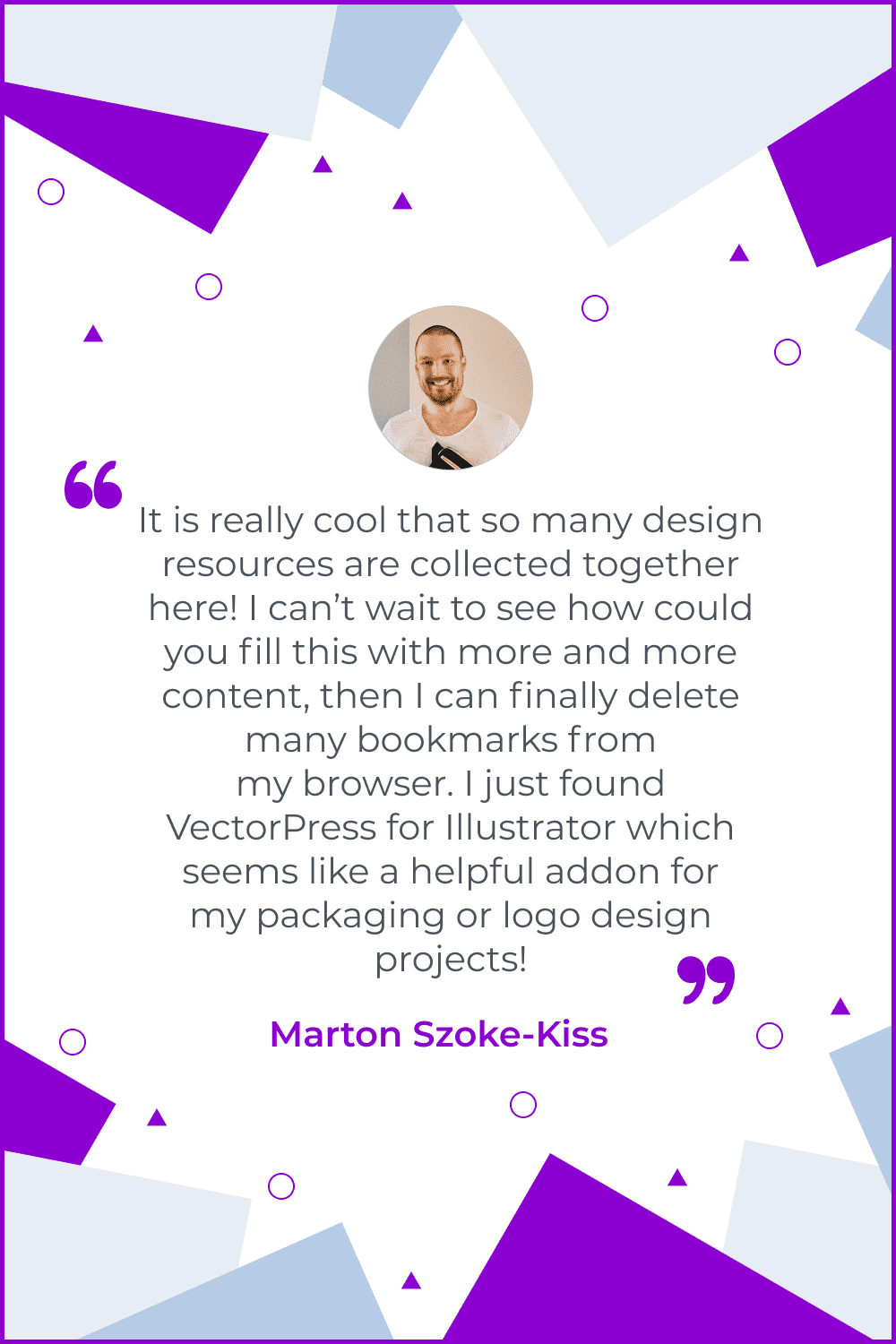
Márton Szőke-Kiss
Meet Márton Szőke-Kiss, a freelance illustrator and graphic designer from Hungary! His works include making comics for Bridgestone, the cover of BookPage magazine, advert graphics for Cruisin Boat Party.
What are your concerns?
Thanks for your response!
- Studio Muti
- Ismini Teligioridou
- Elena Maykhrych
- Nadiia Chaban
- Davi Augusto
- Xinmei Liu
- Eunjoo Lee
- Kimmy Kirkwood
- Connary Fagen
